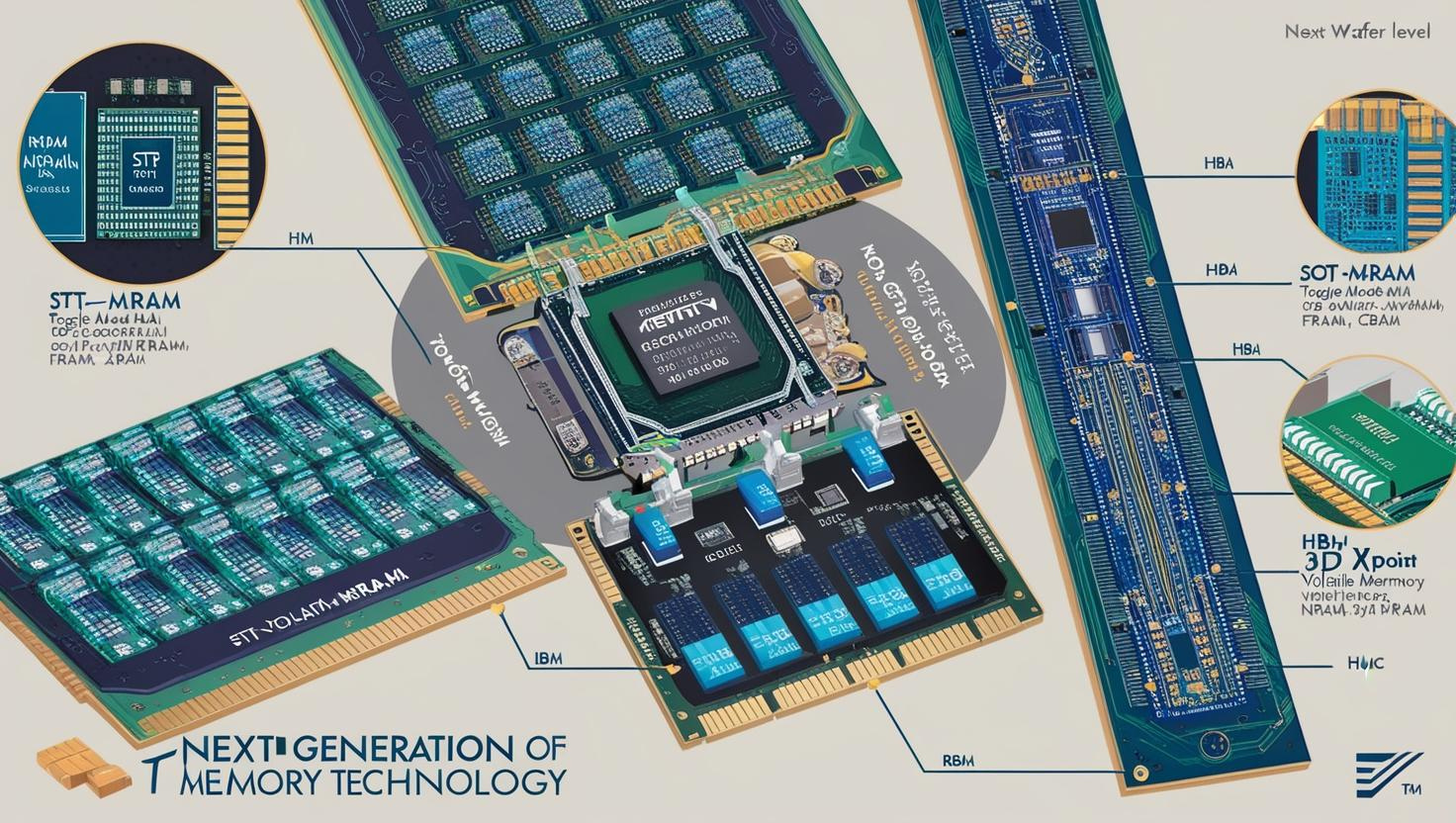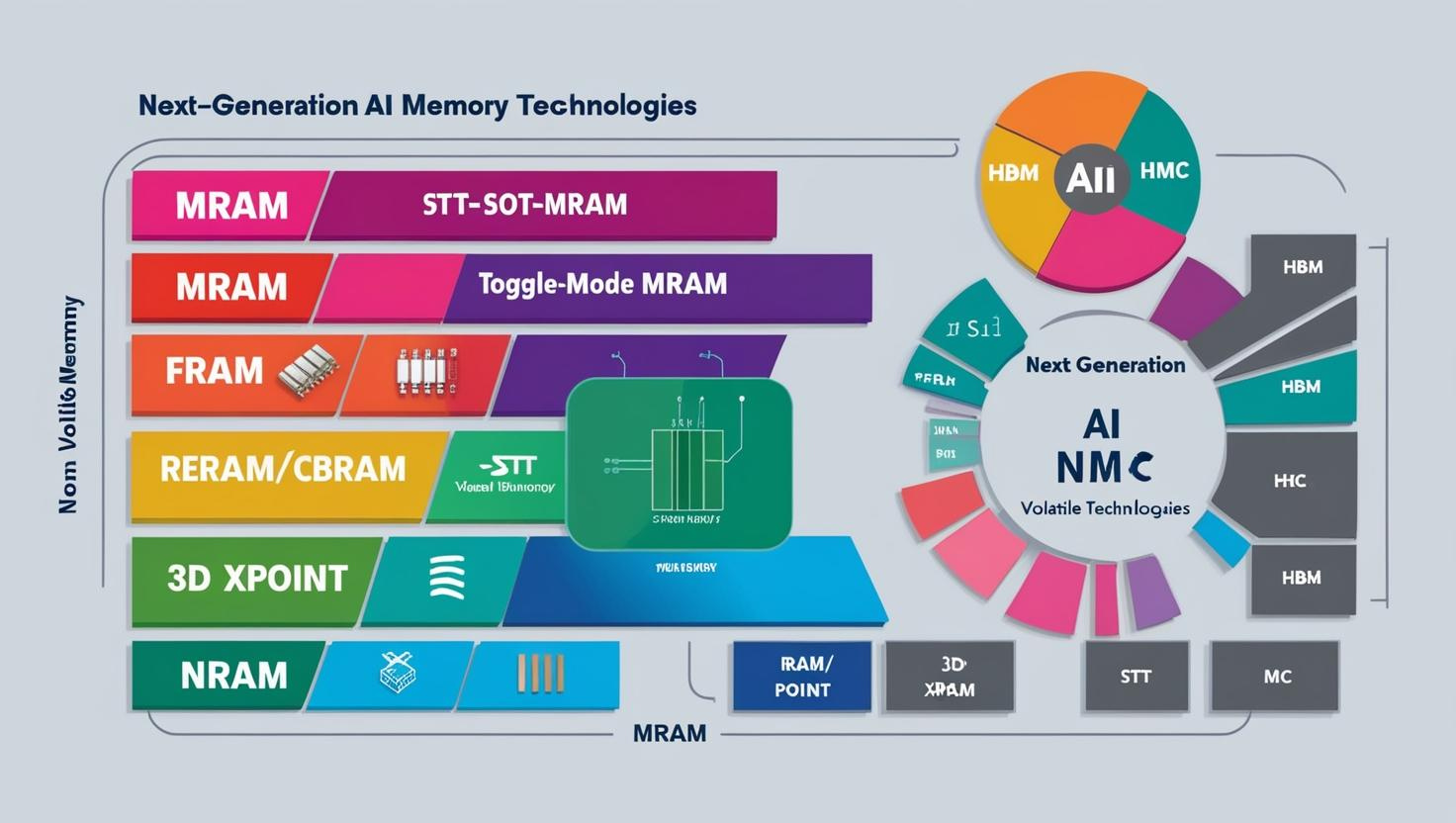The next-generation memory market is poised for rapid growth, driven by increasing demand for faster, more efficient, and higher-capacity memory solutions. As data generation reaches unprecedented levels due to advancements in artificial intelligence (AI), the Internet of Things (IoT), cloud computing, and autonomous technologies, the need for advanced memory solutions has become more critical than ever. This article explores the key trends and growth drivers shaping the future of the next-generation memory market.
Download PDF Brochure @ https://www.marketsandmarkets.com/pdfdownloadNew.asp?id=632
Rising Demand for High-Speed and Low-Power Memory Solutions
Traditional memory technologies such as DRAM (Dynamic Random-Access Memory) and NAND flash are reaching their physical and technological limitations, prompting the industry to explore next-generation alternatives. Emerging memory technologies such as Resistive RAM (ReRAM), Magnetoresistive RAM (MRAM), Phase-Change Memory (PCM), and Ferroelectric RAM (FeRAM) offer superior performance, reduced power consumption, and higher endurance. These features make them ideal for applications requiring real-time processing and minimal latency, such as AI-driven data centers and edge computing devices.
Growth of AI, IoT, and Edge Computing
The increasing adoption of AI and machine learning is fueling demand for memory solutions that can handle complex computations at high speeds. AI-driven workloads require memory that can store and process vast amounts of data instantly, pushing the industry toward high-bandwidth, non-volatile memory solutions.
Similarly, IoT devices and edge computing require power-efficient and fast memory to process data closer to the source rather than relying on cloud storage. Next-generation memory technologies such as MRAM and ReRAM are well-suited for these applications due to their high-speed performance, reliability, and low power consumption.
Emergence of Neuromorphic and Quantum Computing
The future of computing is heading towards neuromorphic and quantum computing, which aim to mimic the human brain’s ability to process data efficiently. These technologies require memory solutions that go beyond the traditional binary data storage model. Memristor-based memory and PCM are being explored for their ability to store data in analog states, which is crucial for neuromorphic computing.
Quantum computing, on the other hand, demands ultra-fast, low-latency memory that can work seamlessly with qubits. Next-generation memory solutions are expected to play a key role in enhancing processing speeds and reducing energy consumption in these futuristic computing models.
Increasing Adoption in Automotive and Consumer Electronics
The automotive industry is undergoing a transformation with the rise of electric vehicles (EVs), autonomous driving, and advanced infotainment systems. These advancements require reliable and fast memory solutions that can handle real-time data processing. Next-generation memory such as MRAM and ReRAM are being integrated into automotive applications for their durability and fast read/write capabilities.
In consumer electronics, 5G smartphones, gaming consoles, and AR/VR devices require high-performance memory to support seamless user experiences. Next-generation memory solutions are expected to enhance battery life, boost speed, and improve multitasking capabilities in these devices.
Challenges and Opportunities
Despite its promising future, the next-generation memory market faces challenges such as high manufacturing costs, integration complexities, and limited scalability. However, with continuous advancements in semiconductor fabrication and increased investments in R&D, these hurdles are expected to be addressed over time.
Key industry players such as Intel, Micron, Samsung, and Western Digital are heavily investing in next-generation memory technologies, accelerating their commercialization and adoption across various industries.
The future of the next-generation memory market looks promising, with increasing demand for high-speed, low-power, and non-volatile memory solutions. As emerging technologies like AI, IoT, quantum computing, and autonomous vehicles continue to evolve, the need for efficient and scalable memory solutions will only grow. With continuous innovation and investment, next-generation memory is set to redefine the future of data storage and processing in the coming years.


